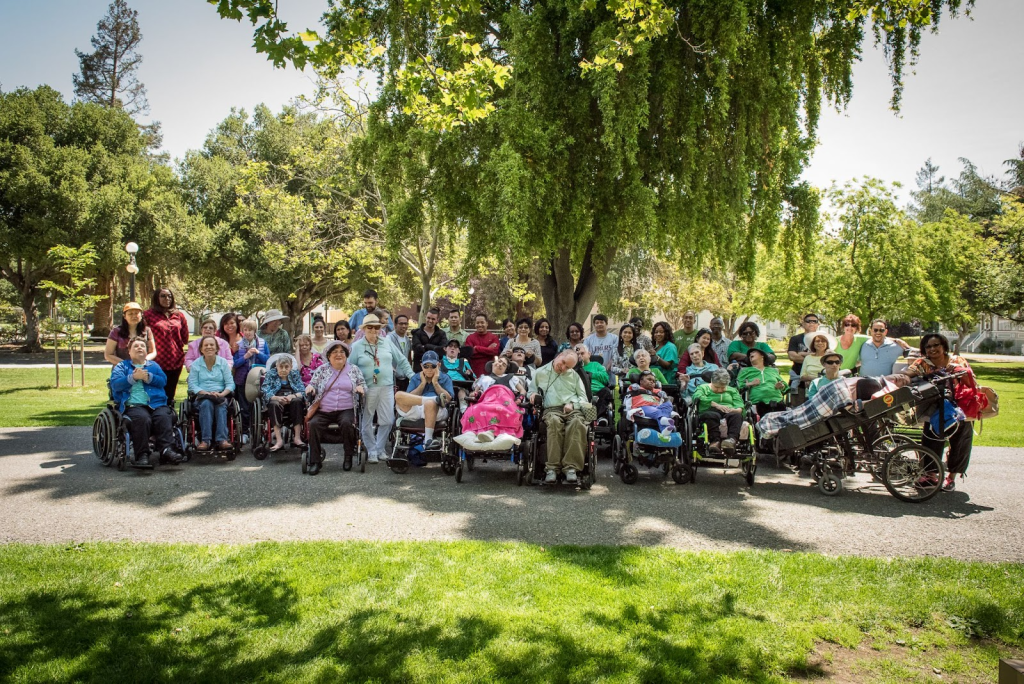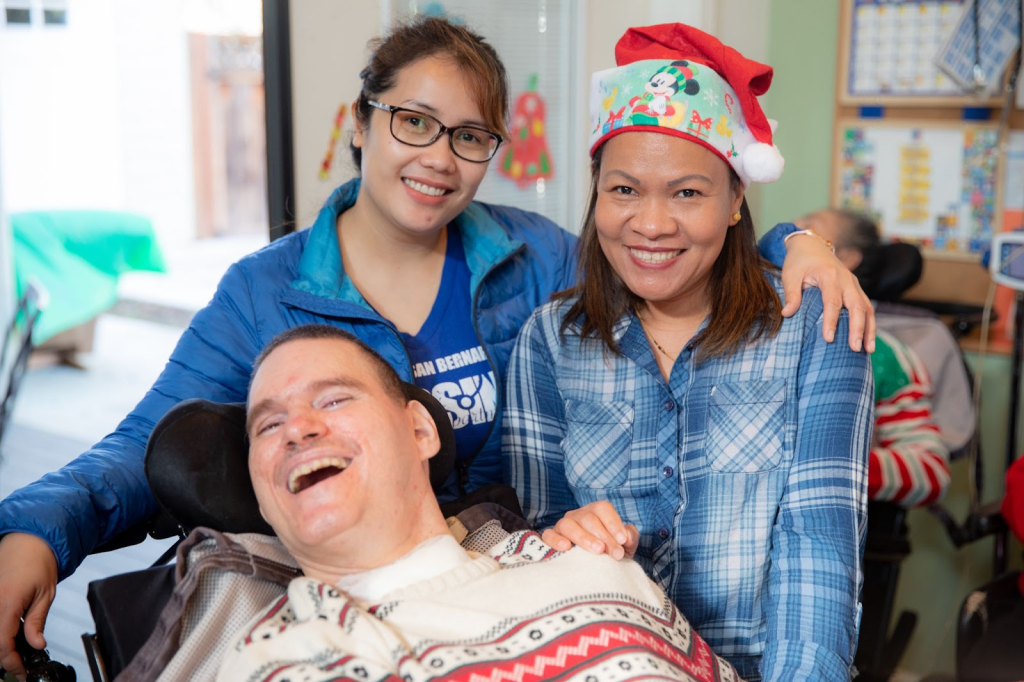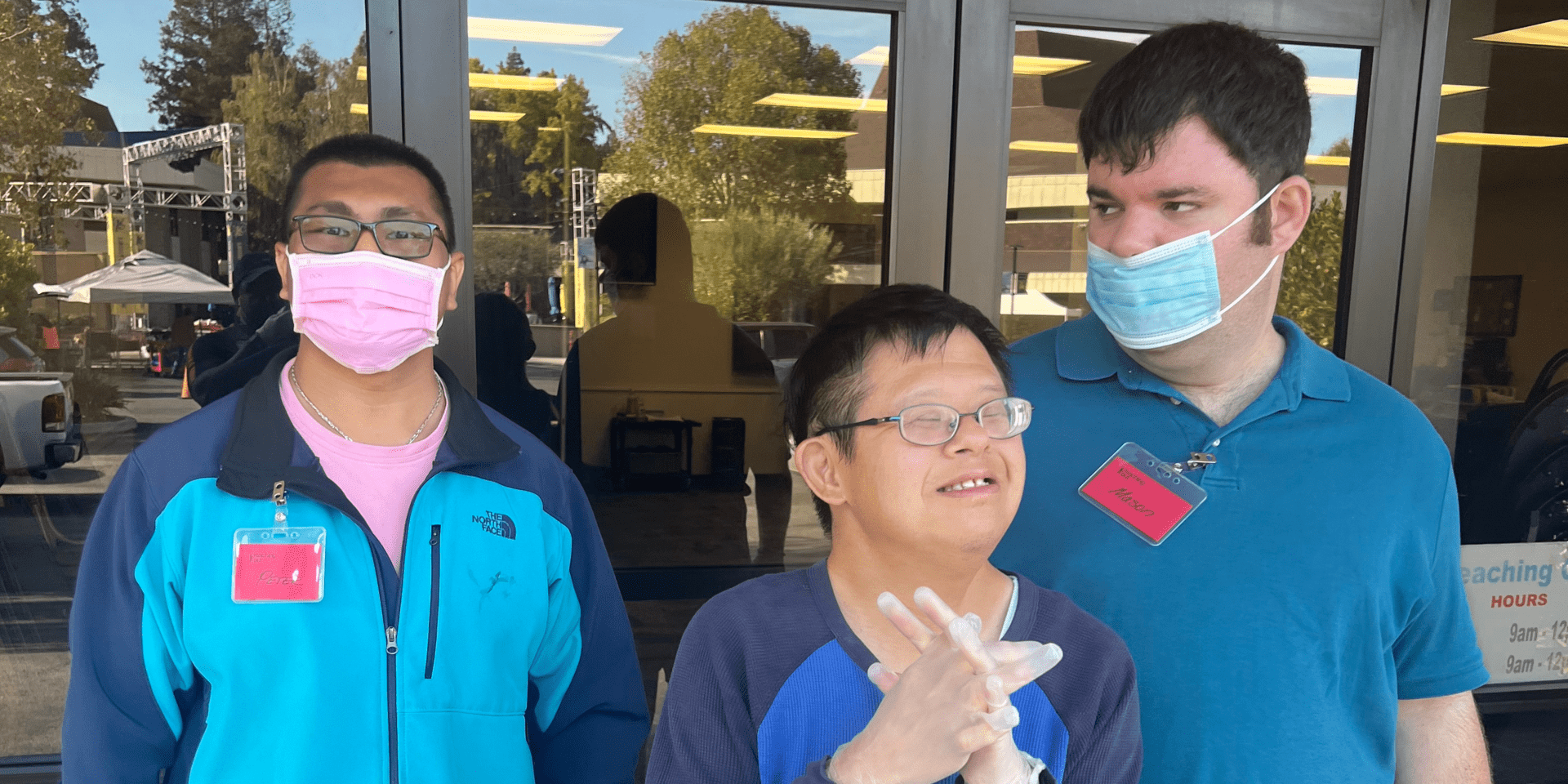Resources for Your Loved Ones: Insight From 4 Professionals in the I/DD Community
These four professionals in the I/DD community share free resources to help better understand options for your loved one
1. Providing New and Innovative Programs to Individuals With I/DD and Their Families
Javier Zaldivar, Executive Director of San Andreas Regional Center (SARC), explains how the Lanterman Act signed in 1969 was initially about making sure that individuals were served in their communities and not in state hospitals. Here we are almost 60 years later and the system continues to evolve. SARC provides a Self Determination Program which includes 5 principles; freedom, authority, support, responsibility, and confirmation. The Self Determination Program provides a service designed to give individuals with developmental disabilities more control over their own lives and services. SARC also has a Coordinated Family Support Program which provides a range of services that are tailored to the needs of each family. These services may include assistance with accessing community resources, coordination of services, education and training, and support with navigating the system of care. These programs are here to empower families and individuals with I/DD to live fulfilling lives in their communities and provide them with tools and resources they need to achieve their goals. More information on these programs and services can be found on the San Andreas Regional Center website.
| Summary As the I/DD population continues to grow and age, can regional centers continue to coordinate necessary services while also maintaining a standard for licensed service providers? Check out SARC’s Self Determination Program where the regional center works with families of I/DD individuals to create a package of selected service providers that best fit one’s needs. |

2. Creating Housing Solutions for Your Loved Ones With I/DD
Pam Blanton, CEO and Founder of Partners4Housing based in Seattle, dives into the major concerns for families when it comes to housing affordability and sustainability. She explains how Partners4Housing helps people with I/DD find and create housing solutions that meet their unique needs. Partners4Housing also helps individuals with I/DD become homeowners by providing education and resources about the home buying process, as well as connecting them with lenders and other professionals to help with financing. Finding a good fit for living is an essential part of the housing process for your loved ones. Pam created a thorough assessment that helps families cater to their loved one’s each and every need so that Partners4Housing can find the best space for them. Washington does offer housing options that are not always available or a good fit for everyone, therefore, families who want to take the lead to create their own shared living can make it more affordable and help reduce loneliness and isolation. You can find more information on Partners4Housing’s website.
| Summary Shared housing doesn’t always have to be a compromise. Partners4Housing helps our loved ones with I/DD find housing that best suits them by taking a detailed assessment. The assessment provides insight that can match your loved one in a home where they will find the most joy. |

3. Navigating Transitions in Your I/DD Child’s Life
Parents Helping Parents (PHP) is based in San Jose and serves parents of children/adults with disabilities. Maria Daane, Executive Director of PHP, explains how the organization was started by a group of parents 47 years ago in San Jose. During this time, institutions for children with I/DD were closing which forced parents to provide their own 24/7 care in their homes. Those parents discovered the power of community and since then, PHP has expanded to include all disabilities and support parents with the resources to build the brightest future for their children. One of the biggest tools for a family to thrive in this area is finding your “tribe”. Maria explains that a family may need to find a new tribe as their loved one with I/DD ages as a religious group or neighborhood potluck group may not be able to support them simply because they don’t know how to. Sometimes families, religious groups, or neighborhood potluck groups may not be able to support because they just don’t know how to. It is important to have a group of people that understand the possible challenges that come with having children with I/DD. PHP offers over 20 different support groups that parents can join through their website.
| Summary Navigating transitions in your I/DD child’s life does not have to be done alone. It is important to have a tribe that understands the specific needs and circumstances of our loved ones with I/DD. To meet people and potentially join a tribe of people that are a part of the I/DD community, check out Parents Helping Parents website to join one of their 20+ support groups. |

4. Building an Inclusive Society Through Intentional Design
“Being intentional about designing spaces not just for your body, but for the body you will grow old in or change along the way” is how Olenka Villarreal, Founder and CEO of The Magical Bridge Foundation, interprets inclusive design. Olenka fell into this area organically as many people do when they take on social impact. Olenka tells us how she started really applying inclusive design after her second daughter was born with needs that required more accessible living. She explains how she stumbled across a park and thought about how deprived the community is of having an accessible playground for people with I/DD and wanted to make that a safe space for people in the community. Since creating Magical Bridge, their parks have ranged upwards of 20,000 guests a month that come to play, listen to music, and connect with other families. If you want to help Magical Bridge along this process, you could do something as simple as going to your city and saying you would like to see more thoughtful programming in your community. You could also volunteer with the Magical Bridge by checking out their website.
| Summary Intentional design is designing spaces not just for the present, but for the body that will grow old in or change along the way. It is about creating inclusive spaces that cater to everyone’s needs, including people with disabilities, so that they can feel welcomed and safe in their communities. The Magical Bridge Foundation believes that intentional design is essential for building a more equitable and inclusive world. Learn more at the Magical Bridge website. |

Do You Like These Blogs & Updates?
- Sign up for our e-newsletter!
- Follow us on social media
